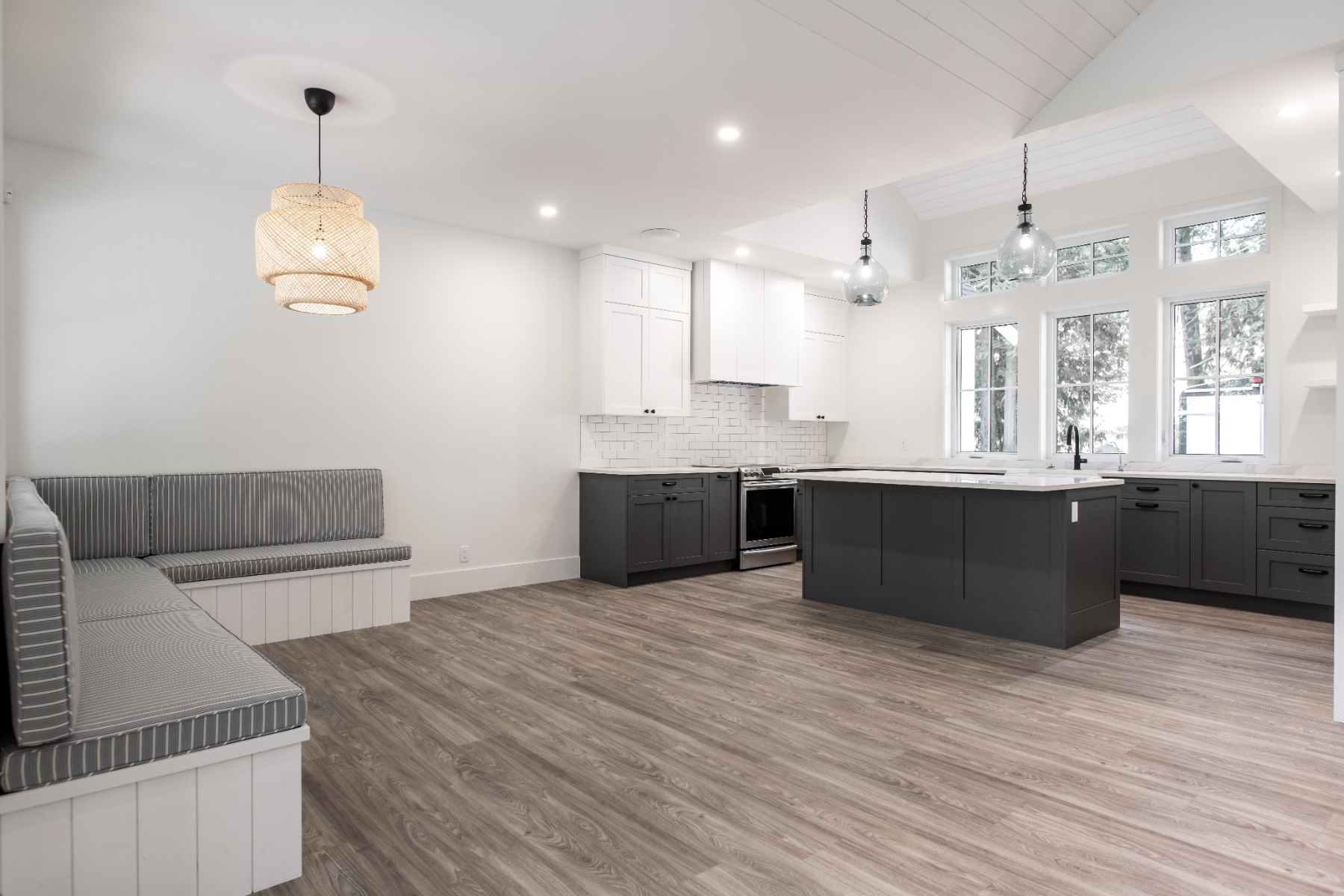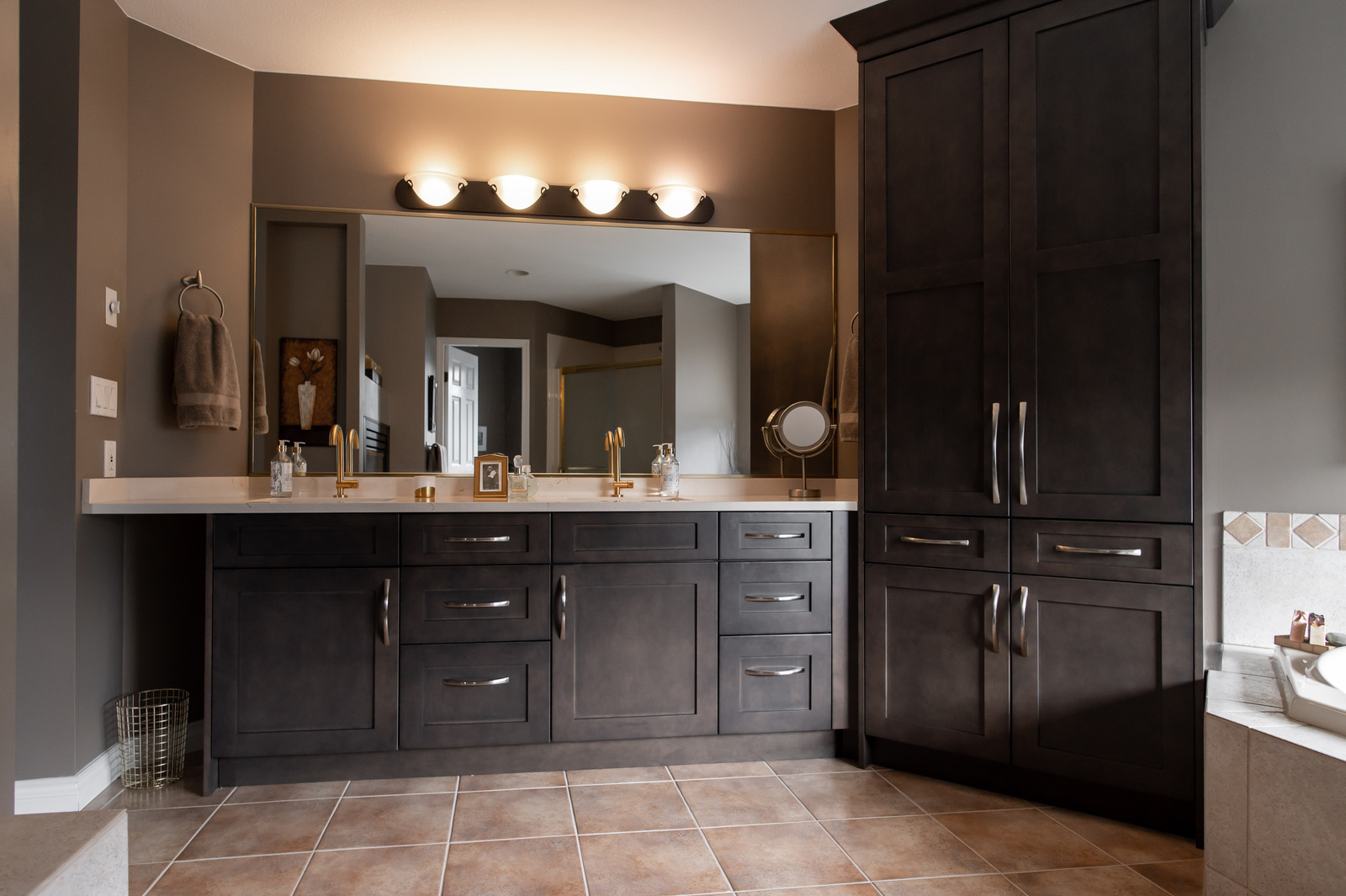Colour Balance in your home design is much like balance in physics, but while physics relies on strict symmetry, home design benefits from a more dynamic colour approach. When it comes to colour, there’s no single “right” palette, as preferences may differ. Some people love bright, bold shades like pink, while others prefer soft, earthy tones. However, not all colour combinations work well together. A mismatched palette can make a room feel disjointed. So how do you choose a cohesive colour scheme that includes all the colours you love? Luckily, we have a few tips to help guide you in selecting a harmonious palette that creates balance and unity throughout your home.
Design techniques for choosing a colour palette often rely on colour theory, which explains how colours mix, match, or contrast and how they affect perception. A well-chosen palette creates harmony, making the space visually pleasing rather than straining. Since colour influences mood and emotion, it can set the tone for a room and impact how people feel in that space. Lighter colours tend to create a calming effect, while darker tones add personality and depth. However, many people find bold colours overwhelming for a whole home, so they often choose neutral tones for a more versatile look. You can create a balanced look by choosing colours that go well together. One way to do this is by using colours with similar temperatures, like cool or warm tones. Another way is to pick one colour, like blue, and use different shades of it in your home—such as grey-blue in the living room, pure blue in the kitchen, and navy in the foyer.
Choosing your colour palette can be challenging, but it’s a fun way to express your style. While design principles and colour theory offer helpful guidance, remember that colour is deeply personal. Start by identifying your favourite colour, it could be the perfect jumping-off point for your palette. Use it as a bold accent or weave it subtly throughout your home. Next, think about the vibe you want to create in each space. Also, consider the existing colours in your home, like cabinets and floors, to ensure a cohesive look. Keep paint swatches handy when shopping to see how everything comes together.
The Golden Ratio of interior colour palettes follows a 60-30-10 rule for a balanced look. Here’s how it works:
- Dominant colour (60%): This sets the tone of the room and covers the largest areas like walls, floors, or large furniture.
- Secondary colour (30%): It complements the dominant colour and adds variety, used for items like curtains, rugs, and smaller furniture.
- Accent colour (10%): These pops of colour bring interest, often through accessories or art, and should contrast with the other colours.
For example, a nature-inspired palette could have cream as the dominant colour, brown as secondary, and green as the accent.
Too many colours make you feel chaotic and overwhelming, while too few can make a room feel dull. Choosing the right number of colours is key to creating a balanced space. Too many colours can feel chaotic, Most designers recommend using three to five colours in a home’s palette, blending them throughout individual rooms using the 60-30-10 rule. You can also apply this ratio across your home. If you prefer a simpler look, the 80-20 rule works too, with 80% neutral tones and 20% as an accent colour for a more subtle approach.
When choosing colours, consider the size and scale of the room. Light colours and soft tones can make small spaces feel larger and more open, while dark colours can add coziness to bigger rooms. Also, think about the proportions of your furniture and how they’ll fit within the space.
To create a cohesive feel in your home, consider using a flow-through paint colour. By choosing one main colour for your walls—especially in connecting spaces or central areas—you can make your home feel seamless. This approach works particularly well for open floor plans. Pay attention to sightlines too. If your home has an open layout, the colours in visible rooms should complement each other to avoid a jarring look.
Lighting and windows can greatly affect how colours appear in a room, so test your chosen shades at different times of the day. Consider how much light filters into the room, for example, if your kitchen is bright with sunlight, you may not need bold yellow cabinets—use that colour in pottery or flowers instead, and save a bigger yellow accent for the front door. If a bedroom feels dark and heavy, you can lighten it with bedding in whites, taupes, or pinks. Also, think about your windows and treatments.
To create a cohesive look with colour in your home, consider using tints of your main colour by making it lighter or darker. For bold, edgy colours, limit them to enclosed spaces like bathrooms or bedrooms to avoid clashing with the rest of your decor. If you prefer bold colours but want neutral walls, introduce colour through furniture and accessories. A large piece like a couch or rug can make a striking contrast, while smaller items like throw pillows, artwork, or decor add subtle pops of colour. This approach keeps the space balanced, preventing oversaturation. For flow between rooms, use a consistent accent colour. For example, if your living room has blue and green accents, consider blue and yellow in the dining room for a harmonious transition.
You don’t have to paint alone. Livwell Collective can help with all your renovation and painting needs, whether you want to paint your whole home or just an accent wall. If you need a reliable company for residential or commercial renovation in The Fraser Valley, contact us. Our design team is ready to discuss the details of your next project.





